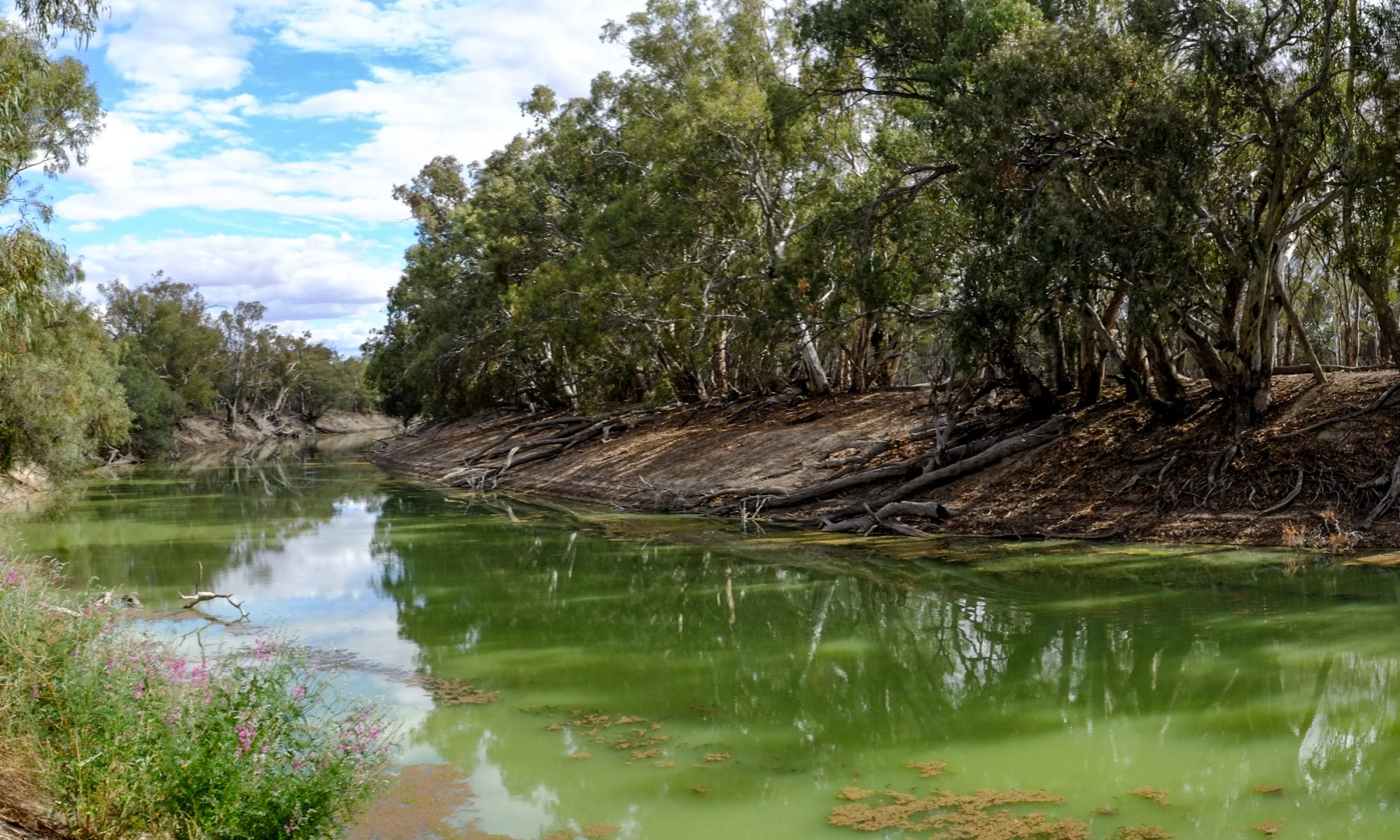This trek has been the mainstay attraction for trekkers to Nepal for many years. But road development has seen the trek shortened and high volumes of trekkers has seen the accommodation standard improve considerably. There’s still good reason to enjoy this trek though.
Some observations from being twice around the Annapurna Circuit 15 years apart
Trek Masterplan
A masterplan for trekking in Nepal is posted here.
Reference Photos:
In this post: Syange, The Cut, Lake Tilicho, Manang, Thorung Phedi, Muktinath
| In 1984, the Around Annapurna Trek started at Dumre. You got off the bus from Kathmandu, crossed the footbridge and started walking straight away. By 2000, the bridge at Dumre had been completed and buses drove straight through to Besisahar. This shortened the trek by some 4 days. Some people were silly enough to fly into Pisang and avoid the natural aclimatisation process you go through as you trek up the valley.
By 2000, the Gangapurna glacier had retreated significantly. I recall quite clearly that in 1984, the glacier finished very close to Manang, almost where the lake is now in the photo shown here.
Of course the glacier at Thorung Las has also retreated. In 1984, we trekked across the glacier. In 2000, we trekked down into and up out of the glacial trough.
The Paungda Danda rock face (Oble Dome) at the eastern end of the Pisang valley is an example of a glacial cirque. There was obviously a glacier residing in the part of the valley as well a long time ago. |
 Gangapurna from Manang |
Syange
I’d like to re-visit Syange and take a third shot int his series below. The first shot was taken in 1984 and the second in 2000. The bridge has been replaced with a nice steel walkway. Some building has taken place and I think a road now passes by the village. This was the site of a bad egg for dinner in 1984. I departed the next morning feeling quite ill. I lost a lot of weight over the following week.

Syange 2000

Syange 1984
In both 1984 and 2000, for different reasons, I ended up flying back to Pokhara from Jomson. In 1984, the general opinion of this leg of the trek was that the tea houses and food were luxurious by comparison to the Manang side. I’m sure they were even better in 2000. But now, a trafficable road has been completed all the way to Jomson. This makes trekking less than completely pleasant unless you are walking away from the traffic. The second half of the trek this side, via Poon Hill is still walkers only. And the view from Poon Hill of the Annapurna range is quite spectacular at dawn. When you fly from Jomson, leaving on the first flight in the morning, the plane flies directly over Poon Hill and you can almost reach out and slap hands with the trekkers as you fly past them on Poon Hill.
See also the Around Manaslu trek and map
Top
The Cut
 The Cut Construction - 1984  Shortcut - 2000 |
Just before Paugnda Danda rock face (or Oble Dome), there is a cut in the rock face which saves a very long walk across the river and back. In 1984 it was being constructed. In 2000, this cut shortened the walk by more than an hour. |
Top
Lake Tilicho

Lake Tilicho Panorama
| A side trip which was not possible in 1984 because the area was restricted to mountain climbing permits, was a visit to Lake Tilicho. In 2000, this trip was available to anyone wishing to make the detour. Lake Tilicho is the highest lake on the planet and at 4,919m, it compares with Larkya La (Around Manaslu) at 5,135m and Thurong La at 5,416m.
The trek divides into a high route with spectacular views and the low route which is easier in one respect but requires navigation across a pretty scary scree slope. You can make out the walking track through the scree. With each footstep, you would send a stream of small pebbles down the slope below you. The river below was several hundred metres away. |
 Tilicho Scree |
Top
Manang
 Leaving Manang |
 Leaving Manang
| In 1984, winter had started early in September. Manang was bitterly cold. In 2000, the walk up the valley was very pleasant. The photos above are both looking east down the valley toward Paugnda Danda and it is possible to see Himalchulli in the far distance. |
|
Top
Thorung Phedi
 Base Camp |
 Top Camp |
In 1984, there was no high camp, only a small building at Thorung Phedi. Many people just jammed themselves into this building sleeping side to side, head to toe before a very early morning start. You can now finish the day by trekking to the high camp. It’s a tough walk at the end of the day but makes the next day that much easier. Today you also have a tea house at Thorung La. This was not there in 2000.
The sky is a very dark blue when you walk over the pass. In 1984 I found the breathing very laboured. Walking in Dunlop Volley sandshoes through the snow was a case of always treading into the footsteps made before me. One porter suffered frostbite to his fingers and probably lost them. There was no snow in 2000.
Top
Muktinath
Another comparison is the descent into Muktinath from Thorung La. I manufactured a shot in 2000 similar to the one in 1984. There has been substantial erosion on the valley floor in the intervening period but more local rains in the immediate period has resulted in more trees on the plateaus.

Descent to Muktinath - 2000

Descent to Muktinath - 1984
From here, it’s on the Kagbeni and Upper Mustang


















